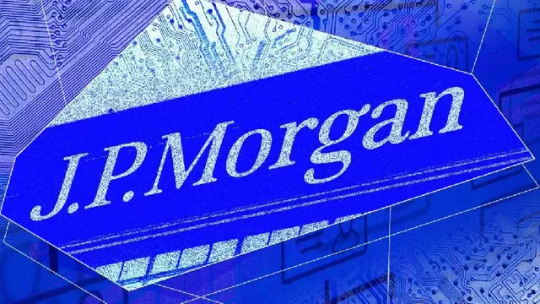#CRVtokenprice
Explore tagged Tumblr posts
Text
Unraveling the Curve Finance Attack: How DeFi Survived the Contagion

The recent Curve Finance attack sent shockwaves through the DeFi ecosystem, prompting concerns about its stability and resilience. However, JPMorgan analysts offer a glimmer of hope, stating that the contagion has been contained. In this article, we explore the aftermath of the exploit, collaborative efforts to save Curve Finance, and the overall state of the DeFi landscape amidst the challenges it faces. Join us on this journey as we navigate the complexities and potential impact on the future of decentralized finance.
Curve Finance Attack: Vulnerability and Consequences
The exploit that struck Curve Finance was due to a vulnerability in Vyper, a widely-used programming language in DeFi applications. As a result, the price of the native CRV token plummeted, putting over $100 million worth of loans at risk of being liquidated, including those of its founder, Michael Egorov. Egorov had taken multiple loans on different DeFi lending platforms, with CRV as collateral, mostly receiving stablecoins in return. The potential liquidation of these loans raised concerns about the impact on other DeFi protocols, given CRV's role as a trading pair in various liquidity pools.
Egorov's Response and Ongoing Status
In the aftermath of the attack, Michael Egorov acted swiftly to protect his loan position and prevent liquidation. He sold a total of 72 million CRV to 15 institutions/investors through over-the-counter deals at a price of $0.4 per token, receiving $28.8 million in total to repay the debts, according to on-chain analyst Lookonchain. Presently, Egorov still holds 374.18 million CRV ($220.4 million) in collateral and owes $79 million on five DeFi platforms.
Collaborative Efforts to Save Curve Finance
Several prominent investors, including Tron founder Justin Sun, Huobi co-founder Jun Du, crypto trader DCFGod, and Mechanism Capital co-founder Andrew Kang, have united their efforts to salvage Curve Finance. Their coordinated response has played a crucial role in limiting the contagion effect, as stated by JPMorgan analysts.
DeFi Ecosystem: Stalling Growth and Bright Spots
Beyond the immediate impact of the Curve Finance attack, the overall DeFi ecosystem has experienced challenges over the past year. Collapse of projects like Terra and FTX, the U.S. regulatory crackdown and uncertainty, hacks, and higher transaction fees have collectively eroded investor confidence, leading to fund outflows and user exits from DeFi platforms, according to the analysts. Despite these challenges, some parts of DeFi continue to thrive. Notably, the Tron ecosystem and Ethereum Layer 2 networks, including Arbitrum and Optimism, have seen a rise in their total value locked (TVL) over recent months. This growth can be attributed to their ability to offer faster and more cost-effective transactions compared to the congested Ethereum network.
Conclusion
While the Curve Finance attack shook the DeFi ecosystem, the prompt containment efforts by stakeholders have mitigated its impact on a larger scale. However, the sector still faces challenges that demand careful attention and innovative solutions. As investors and users remain cautious, projects that can offer improved efficiency and lower costs will likely lead the way in driving the DeFi ecosystem towards its next phase of growth and stability. For more articles visit: Cryptotechnews24 Source: theblock.co
Related Posts
Read the full article
#CRVtokenprice#CryptoNews#CurveFinanceattack#decentralizedfinance(DeFi)#DeFilendingplatforms#liquiditypools#MichaelEgorov#Vyperprogramminglanguage
0 notes